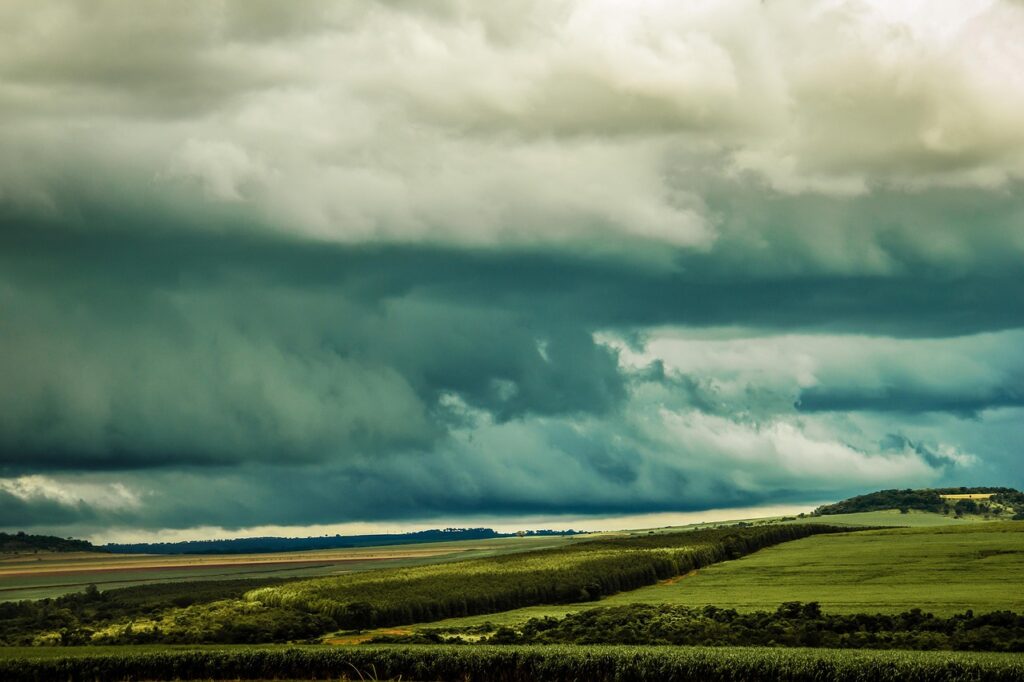A Ritual of Intention and Hope
After more than two years of war, loss, and heartbreak, Israel, and the Jewish people everywhere, are entering a new chapter. The hostages have finally come home. The fighting is coming to an end. The world feels changed.
We carry deep pain, but also the possibility of renewal. This moment invites us to pause, remember, and ask what we want to grow in the year ahead and what we want to leave behind.
[1] The Prayer for Rain
On Shmini Atzeret, the holiday that bookends Sukkot, Jews around the world recite Tefillat HaGeshem, the prayer for rain:
You are Adonai, our God,
Who causes the wind to blow and the rain to fall.
For blessing and not for curse. Amen.
For life and not for death. Amen.
For plenty and not for lack. Amen.
שָׁאַתָּה הוּא ה’ אֱלֹהֵינוּ
מַשִּׁיב הָרוּחַ וּמוֹרִיד הַגֶּשֶׁם.
לִבְרָכָה וְלֹא לִקְלָלָה. אָמֵן.
לְחַיִּים וְלֹא לַמָּוֶת. אָמֵן.
לְשָׂבְעָה וְלֹא לְחָסֵר. אָמֵן.
This prayer reminds us that even what gives life can also bring destruction, and that our task is to direct the forces of life toward blessing. It’s an opportunity to consider what we wish to invite in and determine what we must hold back. As we move from one season to the next, this becomes our prayer as well — that what now begins will bring life, fullness, and peace.
The following ritual invites us to give form to that intention. Using yellow rocks, we mark both memory and hope: the pain we carry, the lessons we wish to keep, and the life we want to grow in the season ahead.
[2] The Yellow Rock Garden
Yellow has become a color that symbolizes the hostages held in Gaza, and the hope that they would come home. Now, as we look toward rebuilding and healing, we turn that same color into a symbol of intention and future blessing. Each yellow rock represents remembrance for what we’ve endured, and what we pray will come next.
1. Set the Space: Provide smooth rocks (one per participant) and yellow paint or paint pens. Then read or project the lines from the Prayer for Rain above.
2. Reflect: Invite participants to take a few quiet moments to think about this time:
- What have these past two years felt like for you?
- What do you want Israel, and the Jewish people, to experience in the year ahead?
- What do you hope to see “for blessing, for life, for plenty”?
- What do you hope not to see “for curse, for death, for lack”?
You might share examples aloud:
For peace and not for war; For return and not for loss; For compassion and not for hate; For safety and not for fear; For understanding and not for silence.
3. Create the Rocks: On one side of the yellow rock, write or draw what you hope for (“For…”). On the other side, write or draw what you want to leave behind (“Not for…”). You can also add names, symbols, or prayers for those you wish to honor.
4. Plant the Rocks: Gather together and place your rocks in soil or sand so that the side with what you want to leave behind faces down, returned to the earth, and the side with what you hope for faces up, open to the world. As you do this, you can say aloud together the text from the prayer for rain (above).
5. Closing: End with a moment of silence or a shared song about renewal or peace. If appropriate, invite participants to leave the rocks in a garden or community space as a collective symbol of hope.
6. Optional Discussion Questions:
- What did you choose to “plant” in the earth, and why?
- How does it feel to name what you want to leave behind?
- What does “for blessing and not for curse” mean to you now, after these two years?
- What small action could help bring about the kind of future you wrote on your rock?
